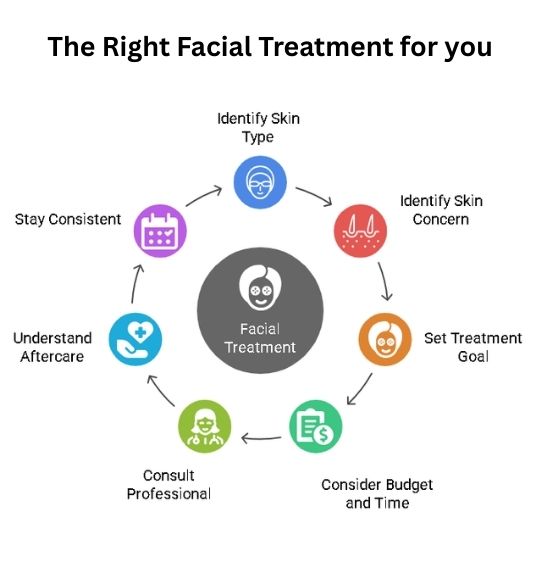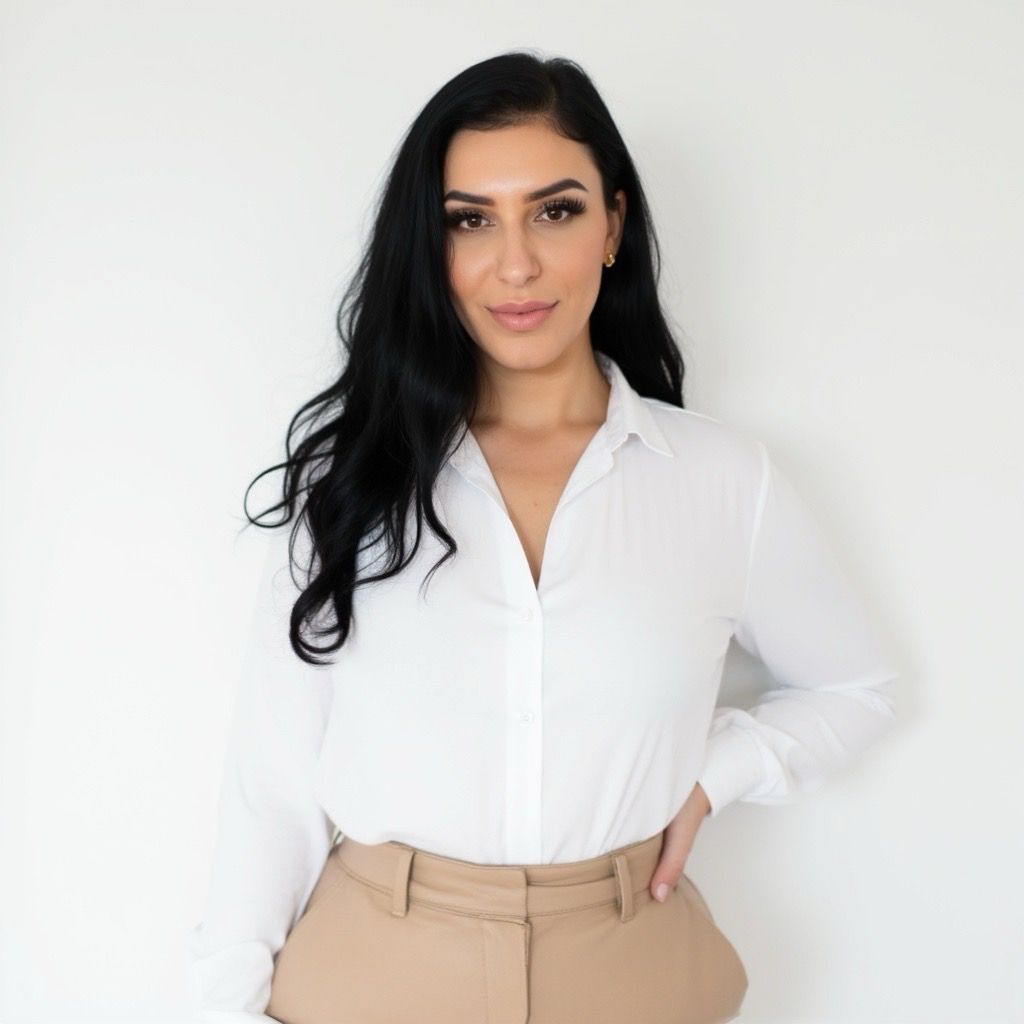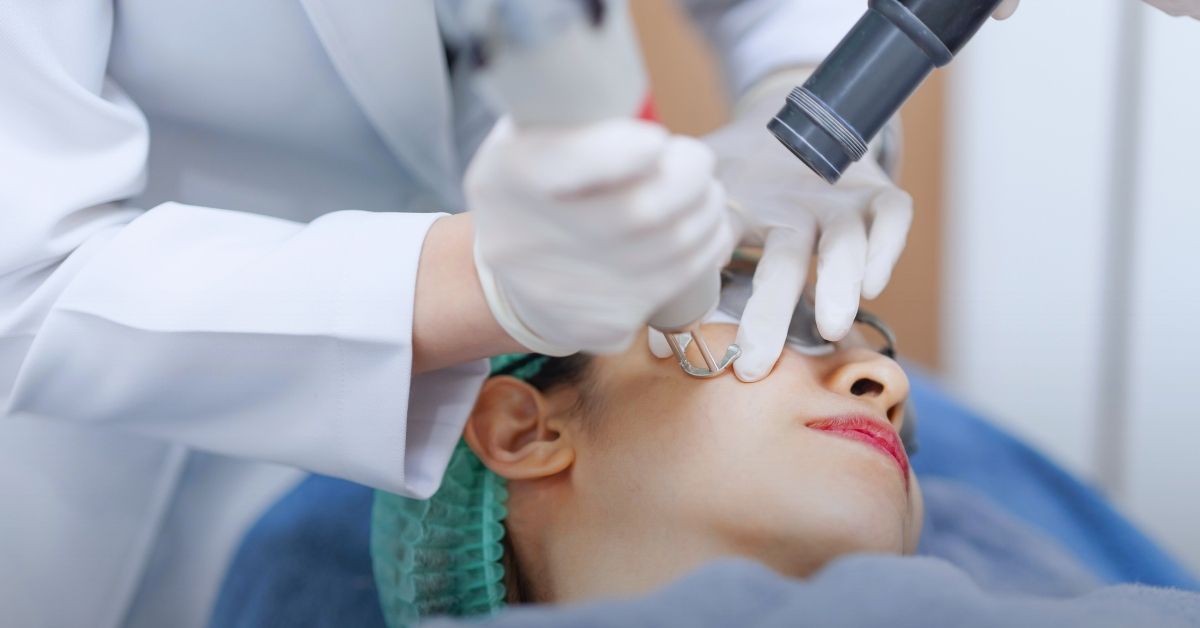Facial treatments aren’t just about pampering — they help keep your skin healthy, clear, and glowing. However, with so many choices available, it’s easy to feel overwhelmed. Should you opt for a classic facial, a chemical peel, or a high-tech treatment like a Hydrafacial or microneedling?
This guide is here to clear things up. We’ll break down what each treatment does, who it’s best for, and how you can choose the right one for your skin goals. Whether you want to tackle acne, soften fine lines, or just boost your skin’s glow, there’s a treatment that fits your needs.
Let’s dive in and help you figure out what’s worth your time and money — starting with understanding your skin.
Understanding Your Skin First
To get the best facial, you first need to know your skin. Is it dry, oily, sensitive, or a mix? Each skin type needs different care, and the right treatment depends on what your skin struggles with — like breakouts, fine lines, dark spots, redness, or dryness. Let’s break this down simply so you know what your skin needs before you choose.
Why Skin Type Matters
Before picking any facial, you need to know your skin type. Dry skin often feels tight or rough and craves moisture. Oily skin looks shiny, especially in the T-zone, and is prone to clogged pores. Combination skin has both dry and oily zones, making it tricky to treat. Sensitive skin reacts easily to products, while normal skin stays balanced without much fuss.
Each skin type responds differently to treatments. For example, strong peels may help oily skin but irritate sensitive skin. Hydration-heavy facials work wonders on dry skin but can feel too heavy for oily types. Knowing your skin helps you choose treatments that bring the best results without causing damage.
Common Skin Concerns
Acne and Breakouts
Acne isn’t just a teenage problem — clogged pores, bacteria, or hormones can cause breakouts at any age. Treatments that clean pores, reduce oil, or calm inflammation can help manage this.
Fine Lines and Wrinkles
As skin ages, it loses collagen and elasticity, leading to fine lines. Treatments that boost collagen or gently resurface the skin can help soften these signs of aging.
Hyperpigmentation and Dark Spots
Sun damage, acne scars, or hormones can leave dark patches or uneven tone. Brightening treatments and light exfoliation can help fade spots over time.
Redness and Sensitivity
Some skin easily turns red or irritated, often due to conditions like rosacea or a weak skin barrier. Gentle, calming treatments can help strengthen the skin and reduce redness.
Dehydration and Dullness
Skin can look dull and tired when it’s low on water, even if you drink plenty of fluids. Hydrating treatments help restore moisture, making skin look fresh and glowing again.
Popular Facial Treatments Explained
Let’s break down the most popular facial treatments so you know what they do, who they’re for, and how they can help your skin.
Classic Facial
A classic facial is the foundation of skin care. It includes cleansing, exfoliating, extracting blackheads, massaging, applying a mask, and finishing with moisturizer. Think of it as a reset button for your face — refreshing but gentle. It’s great for regular maintenance, light pampering, or when you just want to relax while your skin gets some care.
Hydrafacial
The Hydrafacial takes things further by combining cleansing, exfoliation, extraction, and hydration in one go. Using a device with hydradermabrasion and serum infusion, it clears pores and deeply hydrates at the same time. It’s loved for leaving skin glowing and smooth right after treatment. Best of all, it suits most skin types, especially those dealing with dryness or clogged pores.
Microneedling
Microneedling uses fine needles to create tiny punctures in the skin, which trigger your body to produce more collagen. It sounds intense, but it’s a proven way to reduce fine lines, acne scars, and rough skin texture. It’s a go-to for people wanting to improve signs of aging, shrink large pores, or fade scars.
Chemical Peels
Chemical peels use acids to exfoliate the skin, with light, medium, and deep options depending on how much resurfacing is needed. Lighter peels brighten and smooth, while deeper ones tackle wrinkles and dark spots. They’re ideal for treating uneven skin tone, sun damage, or stubborn fine lines — but they do require proper aftercare.
Dermaplaning
Dermaplaning is a manual exfoliation treatment where a fine blade gently scrapes off dead skin and fine facial hair. It leaves skin ultra-smooth and helps products absorb better. Many also love it as a pre-makeup treatment since it gives a flawless finish. It’s best for dull, rough skin that needs a quick polish.
LED Light Therapy
LED light therapy uses different colors of light to target skin concerns. Blue light fights acne-causing bacteria, red light reduces inflammation and boosts collagen, and other colors address various issues. It’s non-invasive, painless, and works well for acne, sensitive skin, or early signs of aging.
Oxygen Facial
An oxygen facial delivers a stream of pressurized oxygen mixed with serums directly onto the skin. It hydrates deeply, plumps up fine lines, and gives a fresh, dewy glow — perfect before a big event or when skin looks tired. It’s especially helpful for dehydrated or stressed skin that needs a fast pick-me-up.
How to Choose the Right Facial for You

Choosing the right facial doesn’t have to be confusing — follow these simple steps to match your skin’s needs with the best treatment.
Step 1: Know Your Skin Type
Look at your skin without makeup. Is it oily, dry, sensitive, or a mix? This will guide which treatments are safe and effective for you.
Step 2: Identify Your Main Skin Concern
What’s bothering you most — breakouts, fine lines, rough texture, dark spots, or dullness? Focus on one or two top concerns to avoid overwhelming your skin.
Step 3: Set a Goal
Decide what you want from the facial — deep cleaning, brightening, hydration, or anti-aging. Knowing your goal helps narrow down your options.
Step 4: Check Your Budget and Time
Some facials need multiple sessions or come with downtime. Be realistic about what you can spend and how much time you can commit.
Step 5: Talk to a Pro
Book a consultation with an esthetician. They can assess your skin and recommend what fits your needs — sometimes what you think you need isn’t what your skin actually needs.
Step 6: Ask About Aftercare
Understand how to care for your skin post-treatment. Some facials need extra sun protection or a break from makeup. Good aftercare protects your investment.
Step 7: Stay Consistent
One facial won’t transform your skin overnight. Make a simple plan for ongoing care — whether it’s monthly treatments or occasional touch-ups.
Professional vs. At-Home Treatments
Let’s break down when to visit a pro, when to care for your skin at home, and why combining both works best.
Benefits of Professional Treatments
Seeing a professional gives you access to expert care, stronger products, and treatments designed to fit your skin’s exact needs. Estheticians can spot issues you might miss and use tools or techniques you can’t safely do at home, like microneedling or chemical peels.
When At-Home Products Can Help
At-home skincare is great for daily maintenance. Cleansers, masks, and exfoliators keep your skin clean and balanced between pro treatments. They’re also more affordable and help stretch the time between appointments.
Why Combining Both Works Best
Professional care targets bigger skin concerns, while home care keeps up the results. When you combine the two, you get smoother, healthier skin that lasts — without blowing your budget or skipping the basics.
Tips for Maximizing Results
Here are five simple tips to help you get the best and longest-lasting results from any facial treatment.
- Prep Your Skin Before Treatment
Come with clean skin and avoid using harsh products like retinol or exfoliants for a few days before. This helps reduce irritation and allows the treatment to work better.
- Follow Aftercare Instructions
Listen to your provider’s advice. Use gentle products, avoid sun exposure, and skip makeup if needed. Proper aftercare protects your skin and helps results last longer.
- Stay Hydrated
Drink plenty of water before and after your facial. Hydrated skin heals faster, looks plumper, and holds onto the benefits of your treatment.
- Be Consistent
One facial is a boost, but regular treatments keep your skin in top shape. Create a simple schedule, even if it’s just every few months.
- Support Results at Home
Use good skincare between visits. Daily sunscreen, moisturizer, and the right cleanser will help maintain your glow and prevent new skin issues.
Conclusion
Choosing the right facial is less about chasing trends and more about understanding your skin’s real needs. The best results come when you match the right treatment with clear goals, realistic expectations, and proper care afterward.
Remember, good skin isn’t built in a day — it’s the result of smart choices, consistency, and a mix of professional treatments and simple home care. Whether you’re aiming to smooth fine lines, clear breakouts, or simply keep your skin looking fresh, the most valuable step is paying attention to what works for you.
At the end of the day, your skin tells a story of how you care for yourself. Listen to it, treat it well, and it will reward you with a natural, healthy glow that no trend or product can fake.

